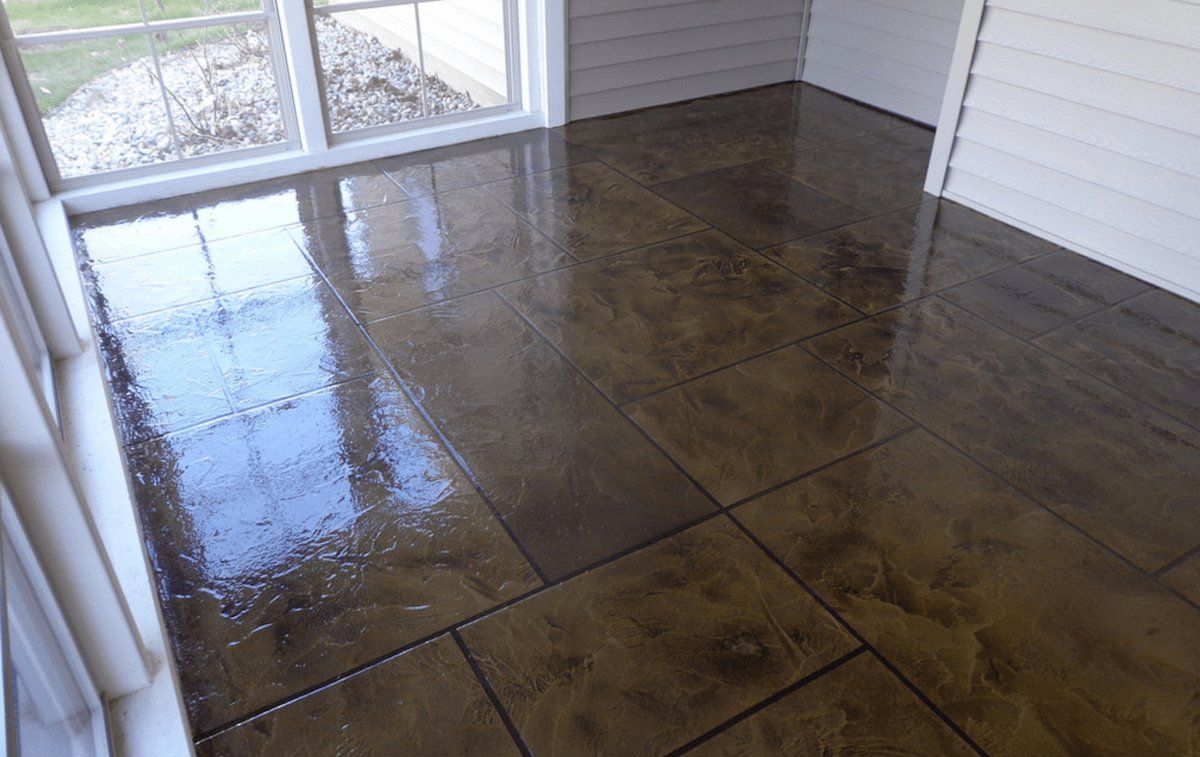Building Strong and Tall: A Closer Look at Concrete Walls and Their Applications
Introduction

Concrete walls are a fundamental element in construction, providing strength, durability, and versatility to various structures. From residential homes to commercial buildings, concrete walls offer numerous benefits that make them a popular choice among builders and architects. At San Francisco Concrete, we take pride in providing top-notch concrete services in the Bay Area, including San Francisco, Daly City, Brisbane, and Colma. In this blog, we'll take a closer look at concrete walls, their applications, and why they are an essential part of modern construction.
Advantages of Concrete Walls
1. Strength and Durability: Concrete is renowned for its exceptional strength and durability. Concrete walls can withstand various weather conditions, resist fire and pests, and have a long lifespan with minimal maintenance.
2. Versatility: Concrete walls can be designed and molded into various shapes, sizes, and textures, making them suitable for a wide range of architectural styles and applications.
3. Sound Insulation: Concrete walls offer excellent sound insulation, creating a quieter and more comfortable interior environment in both residential and commercial buildings in San Francisco, CA.
4. Energy Efficiency: Concrete walls have a high thermal mass, which helps regulate indoor temperatures and reduces energy consumption for heating and cooling.
Applications of Concrete Walls
1. Residential Construction: In residential buildings, concrete walls can be used for foundation walls, basement walls, retaining walls, and exterior walls. They provide stability and protection to the structure while ensuring a comfortable and energy-efficient living space.
2. Commercial Buildings: Concrete walls are widely used in the construction of commercial buildings such as offices, retail spaces, and industrial facilities. Their strength and durability make them ideal for supporting the weight of large structures and equipment.
3. High-Rise Buildings: Concrete walls play a crucial role in the construction of tall buildings and skyscrapers. They provide the structural framework and stability necessary for these towering structures.
4. Infrastructure Projects: Concrete walls are also essential in various infrastructure projects, including bridges, dams, and transportation facilities. They offer the strength and durability needed to withstand heavy loads and environmental stressors.
Read The top 5 trends in concrete pool deck designs
Why Choose San Francisco Concrete?
At San Francisco Concrete, we have a team of skilled concrete designers and contractors who specialize in building strong and durable concrete walls. Our expertise extends to a wide range of applications, from residential to commercial projects, and infrastructure developments. Here's why you should choose us for your concrete needs:
1. Experience: With years of experience in the industry, we have the knowledge and expertise to handle any concrete project, big or small.
2. Quality Materials: We use only the highest quality materials to ensure that our concrete walls are strong, durable, and built to last.
3. Customization: We work closely with our clients to understand their specific needs and preferences, offering customized concrete solutions that match their vision.
4. Timely and Efficient Service: We take pride in completing projects on time and within budget, without compromising on quality.
Conclusion
Concrete walls are a vital component of modern construction, offering strength, durability, and versatility to various structures. Whether for residential buildings, commercial spaces, high-rise structures, or infrastructure projects, concrete walls play a crucial role in providing stability and protection. If you're in the Bay Area, San Francisco, Daly City, Brisbane, Colma, and need expert concrete services, contact San Francisco Concrete at 650-409-9761. Our team of skilled designers and contractors is committed to delivering top-quality concrete solutions that meet your needs and exceed your expectations.



